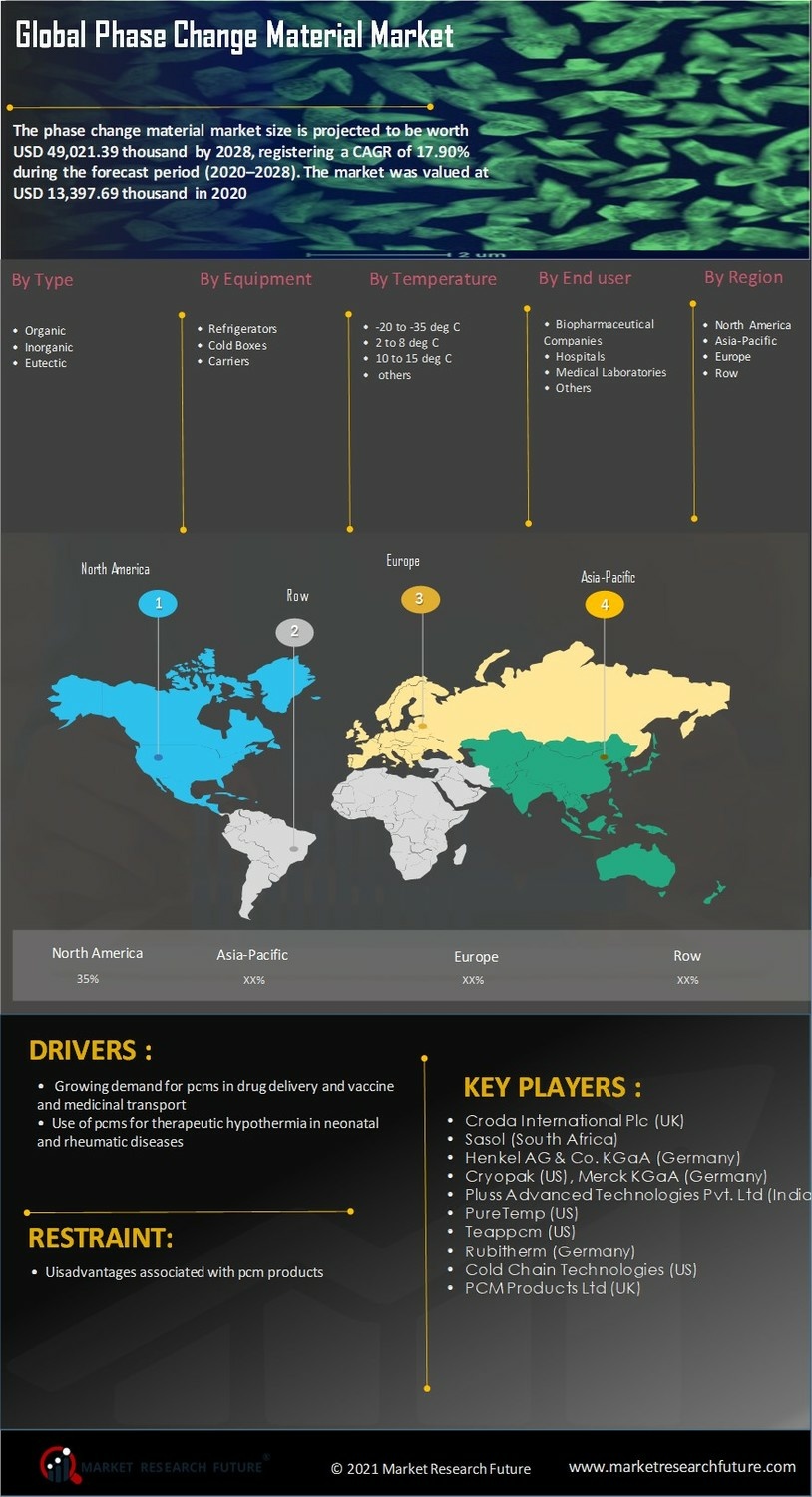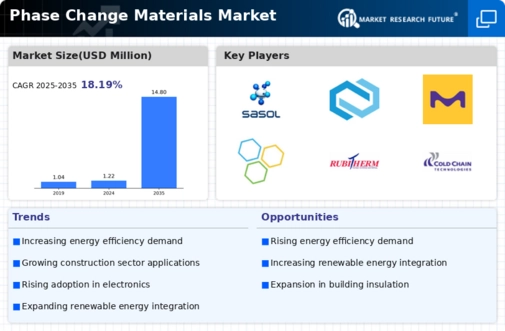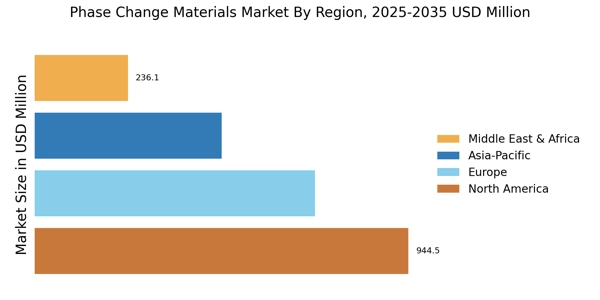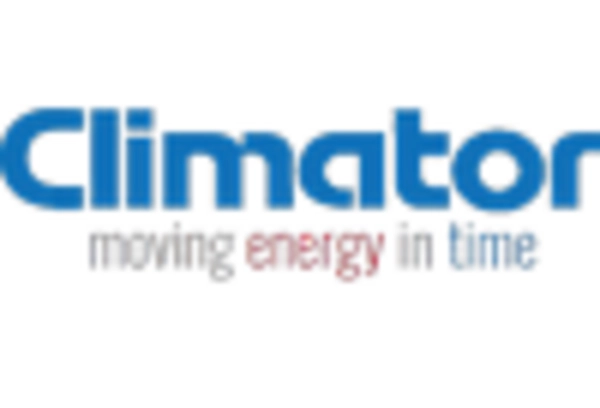By Region, the Phase Change Materials Market industry study segments the market into North America, Europe, Asia-Pacific, Middle East & Africa, and South America. Europe Phase Change Materials Market accounted for USD 516.22 million in 2021 and is expected to exhibit a 18.84% CAGR during the study period. This is attributed to presence of many companies in Europe that manufacture, and supply phase change materials are expected to provide optimistic growth.
Further, the major countries studied are the U.S, Canada, Germany, France, UK, Italy, Spain, China, Japan, India, Australia, South Korea, and Brazil.
North America Phase Change Materials Market accounts for the second-largest market share dueto the high investment for phase change material market across the region. North America is likely to grow as long-term energy costs are expected to climb, making PCMs an appealing investment in new buildings. Furthermore, the US Phase Change Materials Market retained the greatest market share due to expansion of its manufacturing facilities and increasing distribution network across the country. Other environmentally sensitive construction markets, such as those in hot climes are also likely to rise.
The growth in the region is attributed to the growth of the building & construction industry in the Canada Phase Change Materials Market will exhibit significant expansion in the North American region.
The Europe Phase Change Materials Market is expected to grow at a significant CAGR from 2022 to 2030. This is owing to presence of many companies in Europe that manufacture and supply phase change materials are expected to provide optimistic growth. The Germany Phase Change Materials Market is predicted to expand, owing to stronger building energy efficiency laws (the European Union approved a binding legislative resolution in 2007 to reduce carbon emissions by 20% while concurrently improving energy efficiency by another 20% by 2020) and the desire to minimize operating costs are driving growth in Germany.
Increased knowledge of the benefits of advanced PCM and the level of commercialization of advanced PCM in in Italy Phase Change Materials Market, Europe is expected to have the greatest growth rate in the market.
Asia-Pacific Phase Change Materials Market is expected to emerge as the fastest-growing regional market due to various factors such as shifting manufacturing base from western countries to Asia-Pacific; strong economic development; and expansion of end-use industries including textile, electrical and electrical electronics, healthcare, building & construction, and others. China Phase Change Materials Market and India Phase Change Materials Market are anticipated to dominate the Asia-Pacific market over the forthcoming years. China's healthcare industry has risen quickly, allowing it to move from a pharmaceutical manufacturing base to a vital R&D hub.

















